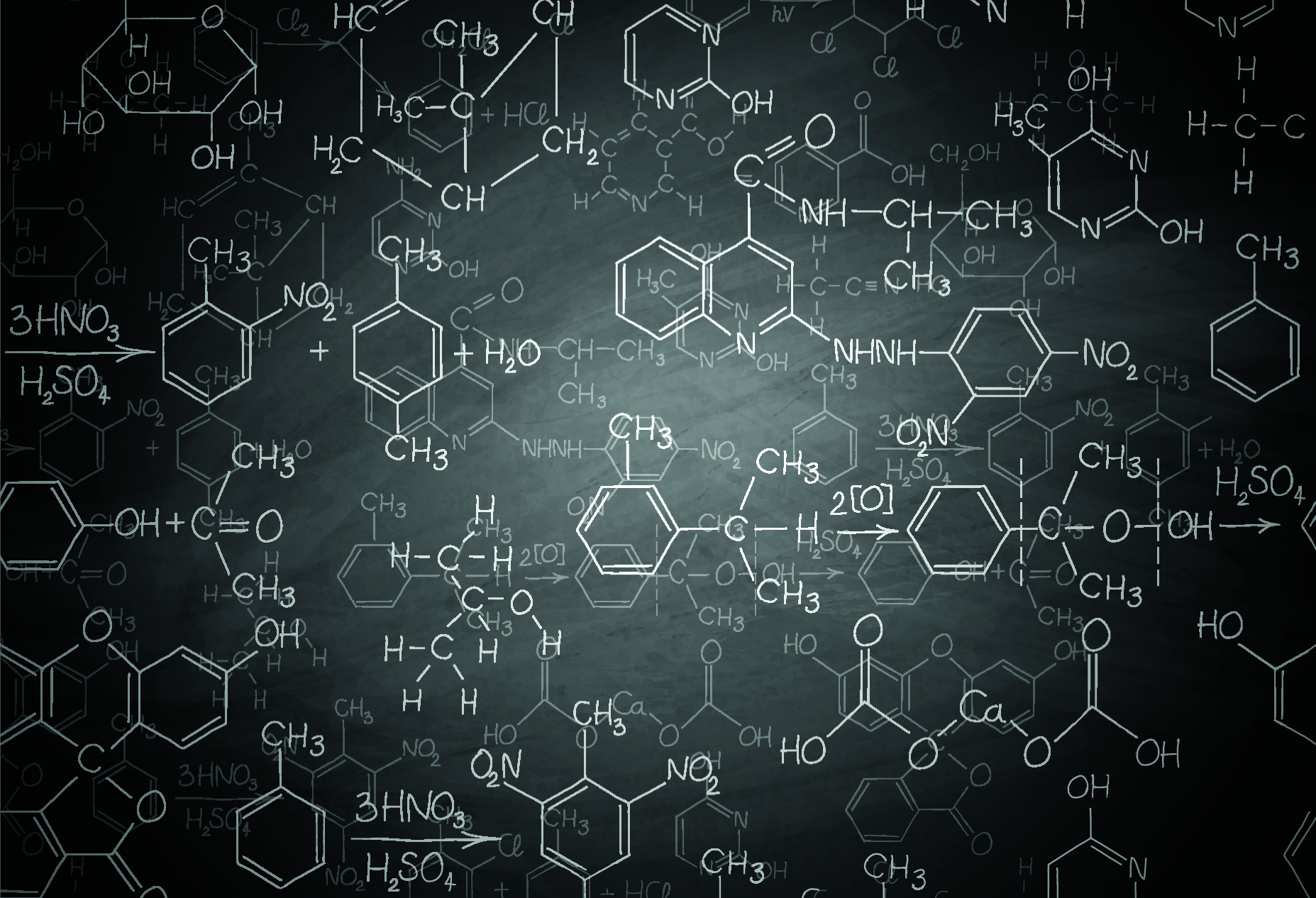
Polymer Characterization
Plasticizers increase the flexibility of manufactured plastic and rubber products and is commonly used in PVC.
Plasticizer analysis is important for confirming the composition of raw materials and finished products but can also be of interest for regulatory purposes. Screening to identify unknown plasticizers or quantitative analysis of a known plasticizers are both approaches that we have experience with.
Approaches
For screening or quantitation of plasticizers present in a polymer, an extraction is initially performed to remove the plasticizer from the resin using an organic solvent. This extract is then typically analyzed by GC-MS. If screening for unknown plasticizers, semi-quantitative concentrations and identification of the plasticizer(s) are provided. If the identity of the plasticizer is already known, the instrument can be calibrated to that specific compound to provide quantitative data.
We offer general screenings but also offer quantitative “screening” analysis of the six phthalates specifically mentioned in Section 108 of the Consumer Product Safety Improvement Act of 2008:
- di-(2-ethylhexyl) phthalate (DEHP)
- dibutyl phthalate (DBP)
- benzyl butyl phthalate (BBP)
- diisononyl phthalate (DINP)
- diisodecyl phthalate (DIDP)
- di-n-octyl phthalate (DnOP)

Sample Considerations
The sample size required for plasticizer analysis is 1 to 5 grams.
The highly sensitive GC-MS method can detect plasticizers that are an intentional ingredient but can also detect trace amounts that result from contamination or other sources.
Contact us to discuss your specific plasticizer analysis needs and sample considerations.
Experience
Products we’ve tested:
- PVC pipe
- Children’s toys
- Medical products
- Vinyl-coated fabrics
- Plastic tubing
- Electrical cable and wire insulation
